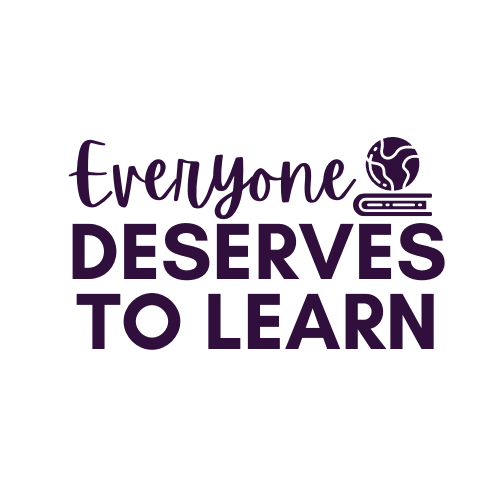How to use 1 Mentor Text for 5 Proficiency Levels
It sounds daunting, but it is possible to use one mentor text with all five proficiency levels! If you've got a blended grade level or mixed proficiency class, using one mentor text can simultaneously cut down on the prep work for you while connecting your groups to the same theme. Using a mentor text as a base for instruction gives you the ability to observe students' growth in all content areas, as well as all language domains.

Before we start, it's helpful to know the approximate proficiency levels of your students. I'm familiar with
, since I work in a WIDA state. Your state may use other descriptors, but I find that the Can-Do's are a good way to informally gauge the levels of your learners regardless of region. The image below is a general overview of the descriptors, but I encourage you to view the charts
specifically for your grade levels
.

For the purposes of this post, let's imagine that you have a fourth grade class of three Level 1's, four Level 2's, three Level 3's, two Level 4's and 1 Level 5. We'll explore the various ways to make a mentor text work for ALL the learners in your class, while incorporating the standards of ELA, Math, Social Studies, Science, and the Arts. We'll use the mentor text,
I Lost My Tooth In Africa,
written by Penda Diakite, illustrated by Baba Wague Diakite.

After choosing the mentor text, we'll choose a mentor sentence. This is the sentence you'll come back to for your mini lessons on grammar and mechanics. I chose one based on the grammar skills I'd like to cover in this lesson, which are adverbs and similes, as well as a (constant!) review of nouns & verbs, and subject/predicate agreement. "
The stars shine brightly, and the moon glows like a streetlamp.
"

After providing background on Mali, Africa, and reading the mentor text aloud, here's how we might structure some mini-lessons:
Level 1's:
ELA
: Using images in the book, point to known vocabulary when stated.
Math
: Find, tally, graph words on a page with consonant blends "sh/wh/th/ck."
Science
: Draw and label life cycle of a chicken.
SS
: Use a t-chart to sort pictures of life in Mali vs. pictures of life in America.
Arts
: Listen to/learn Good Night song, create rhythm with classroom objects.
Level 2's:
ELA
: Using images in the book, respond to "WH" questions about known vocabulary.
Math
: Using images int the book, label, tally, graph objects of certain colors or shapes.
Science
: Draw and label life cycle of a chicken, fill in sentence frames to complete sentences.
SS
: Identify, draw, and label clothing, food, and homes typical of Mali.
Arts
: Read, sing, or perform Good Night song to rhythm created by peers.
Level 3's:
ELA
: Using mentor sentence, identify and list other nouns that can shine brightly.
Math
: Create a timeline of daily life in Mali, from waking up to going to sleep.
Science
: Create a t-chart or write sentences to compare life cycle of a chicken to life cycle of a butterfly.
SS
: Create a travel brochure about Mali, with pictures and short captions.
Arts
: Research Good Night songs from other cultures, share findings.
Level 4's:
ELA
: Using mentor sentence, identify other similes in the book and/or create more similes.
Math
: Use recipe from the back of the book, double it or halve it and rewrite.
Science
: In paragraph form, use transition words to explain and compare life cycle of a chicken to life cycle of a butterfly.
SS
: Research to understand tooth-loss traditions from other cultures, create a chart or diagram to compare them.
Arts
: Write and perform (optional) a Good Night song.
Level 5's:
ELA
: Using mentor sentence, change nouns and verbs in the sentence to create new meaning.
Math
: Using recipe from back of book, read to find total time it would take to cook the Onion Sauce.
Science
: Explain what Uncle Madou means when he says, "When you come back, your chicks will be old enough to lay eggs for you."
SS
: Based on tooth-loss traditions from other cultures, imagine, design, illustrate, and explain your own tooth-loss tradition.
Arts
: Compare the Bambara language translation of the Good Night song to the English language translation. Try to identify the meanings of the words in Bambara. Compare Bambara language structure to English language structure.
As you can see, many of the activities overlap, so you can work with smaller groups of students on the same general task, while differentiating for individual proficiency levels. Assess the progress of your students in a formative manner, throughout their work on each task. Let their final products be the summative assessment for levels 1-3. As students grow in decoding and comprehension ability, you may choose to add comprehension questions for levels 3-5 in order to prepare them for the format of standardized assessments.
For more information on how I've used mentor texts with my ELL's, see these posts:

